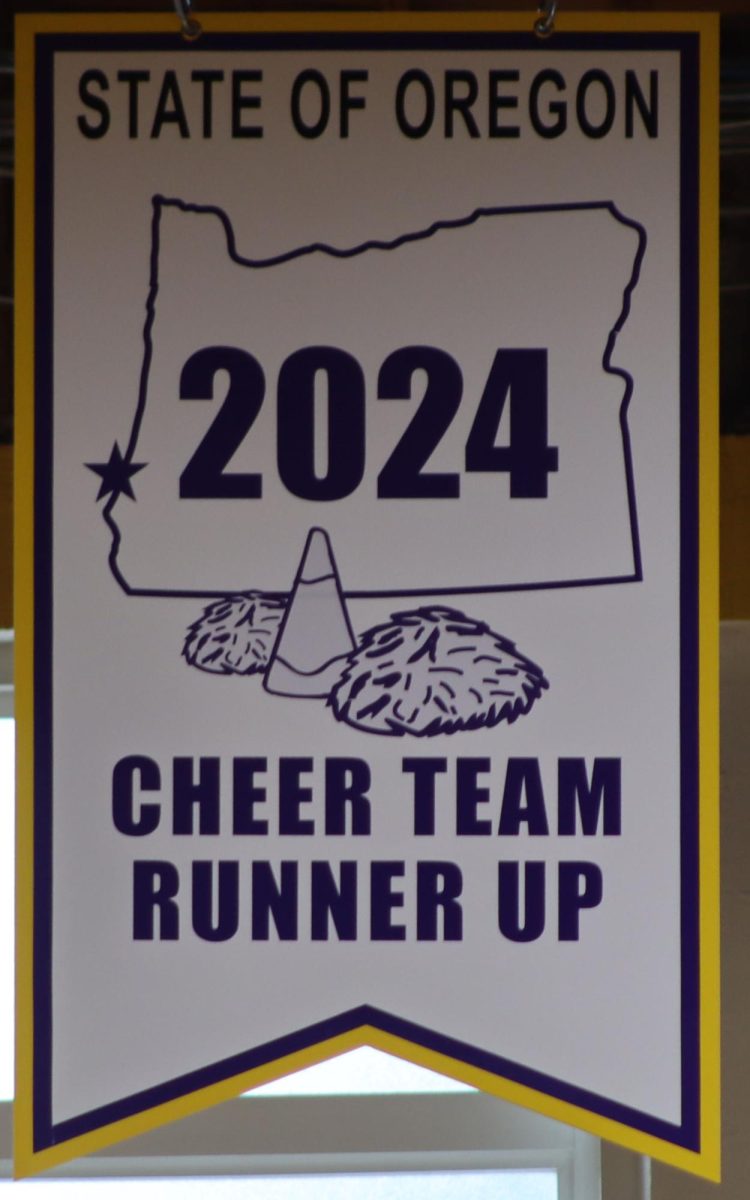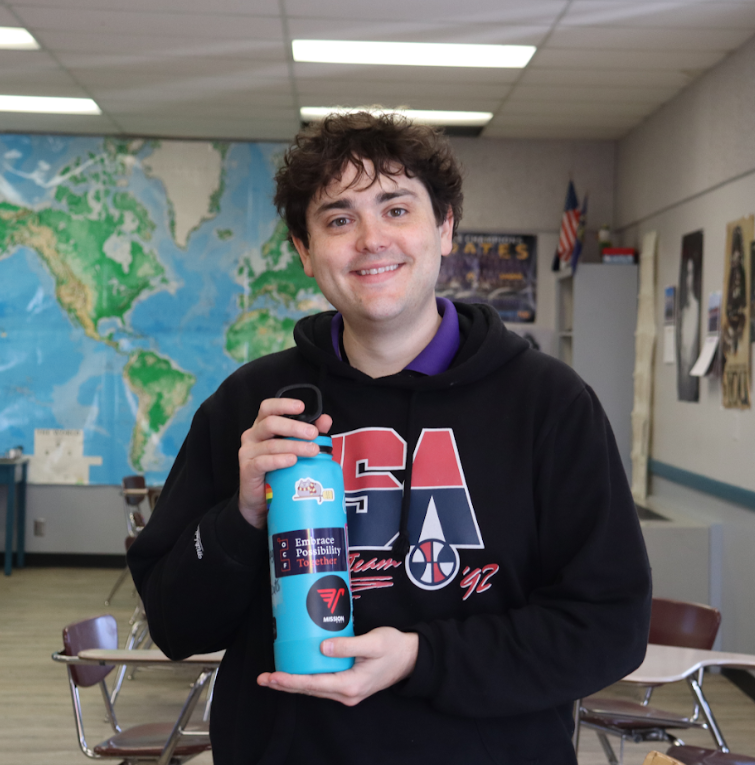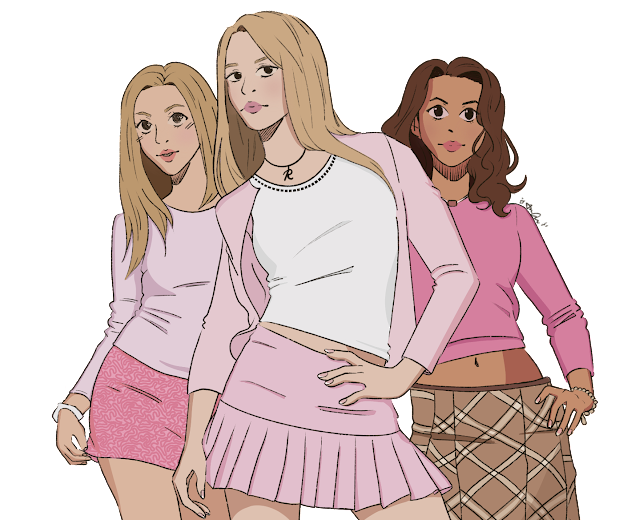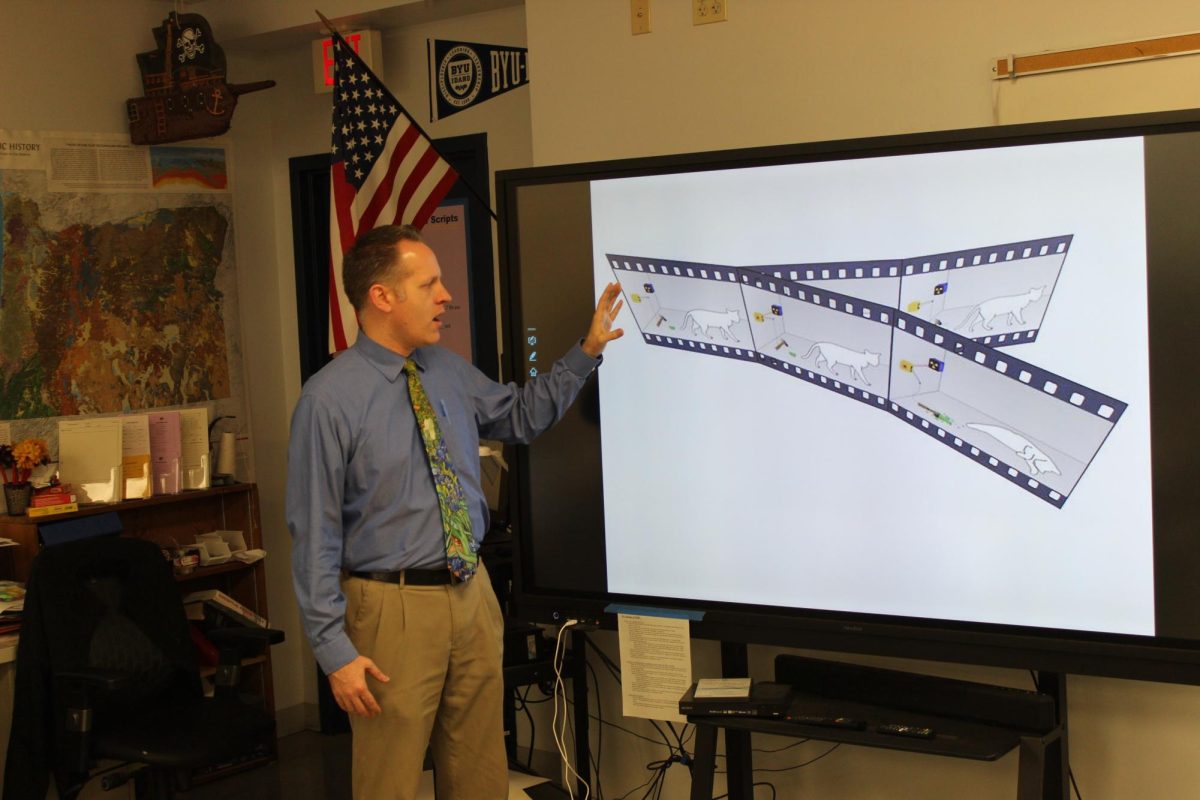“Is today a good day to die?”
Thus begins Jennifer Niven’s first novel for young adults “All the Bright Places.” Published in January, Niven has crafted a tale that is familiar yet new. In just 400 pages, the reader feels as though they are catching up with an old friend. Reminiscent of similar young adult books, Niven effectively captures her audience with vibrant and well fleshed-out main characters whilst adhering to central themes concerning mental illness and death.
In an author’s note in the back of the book, Niven provides biographical information that adds context and tones to her enrapturing the exploitation of teenagers Finch and Violet. Niven’s own great-grandfather committed suicide himself. “That death has affected our family for generations,” Niven wrote. She goes on to mention when she was in high school, she knew and loved a boy who killed himself. She was the one to discover him. The note also mentions the stigma surrounding suicide and mental illness, along with hotlines and websites for suicide prevention, diagnosing mental illnesses in teenagers, survivors, bullying and abuse. Major depressive disorders are one of the leading causes of disability in American citizens aged 15 through 44, and 11 percent of young adults have one of these disorders by the time they have reached the age of 18, according to the World Health Organization and the National Institute of Mental Health. In “All the Bright Places”, Niven expertly sketches an accurate and honest depiction of depression without stigmatizing it.
Finch and Violet first meet on top of their school’s bell tower, apparently both with similar ideas. Oddball Finch is obsessed with death; he plots different ways to die numerous times while searching for things to keep him alive and make him stay awake. Meanwhile, Violet cannot wait for graduation so she can leave their Indiana town and sorrow over her sister’s recent death. Either way, it is clear they both have issues. On the bell tower it is hard to say which saves the other. Finch is different and generally disliked by the school’s population whereas Violet is popular. After their incident on the bell tower they are paired together for a geography project in which they must search for the “natural wonders” of their state. And yes, they fall in love.
“All the Bright Places” does a wonderful job of portraying depression, especially with poignant and memorable quotes such as when Finch says, “It’s my experience that people are a lot more sympathetic if they can see you hurting, and for the millionth time in my life I wish for measles or smallpox or some other easily understood disease just to make it easier on me and also on them.” Niven demands attention to an important aspect of knowing and loving someone with a disease like depression: just because someone plays a prominent role in another’s life it does not mean their relationship will end up curing the one sufferer. Violet and Finch are damaged teenagers who find solace and comfort in each other, but in no way do they magically cure each other’s respective issues. Though at times Niven’s novel may seem like a cliché of a young adult romance through its predictability, but she crafts it just so it is near impossible to put it down. It is a delightful and heart wrenching read.























